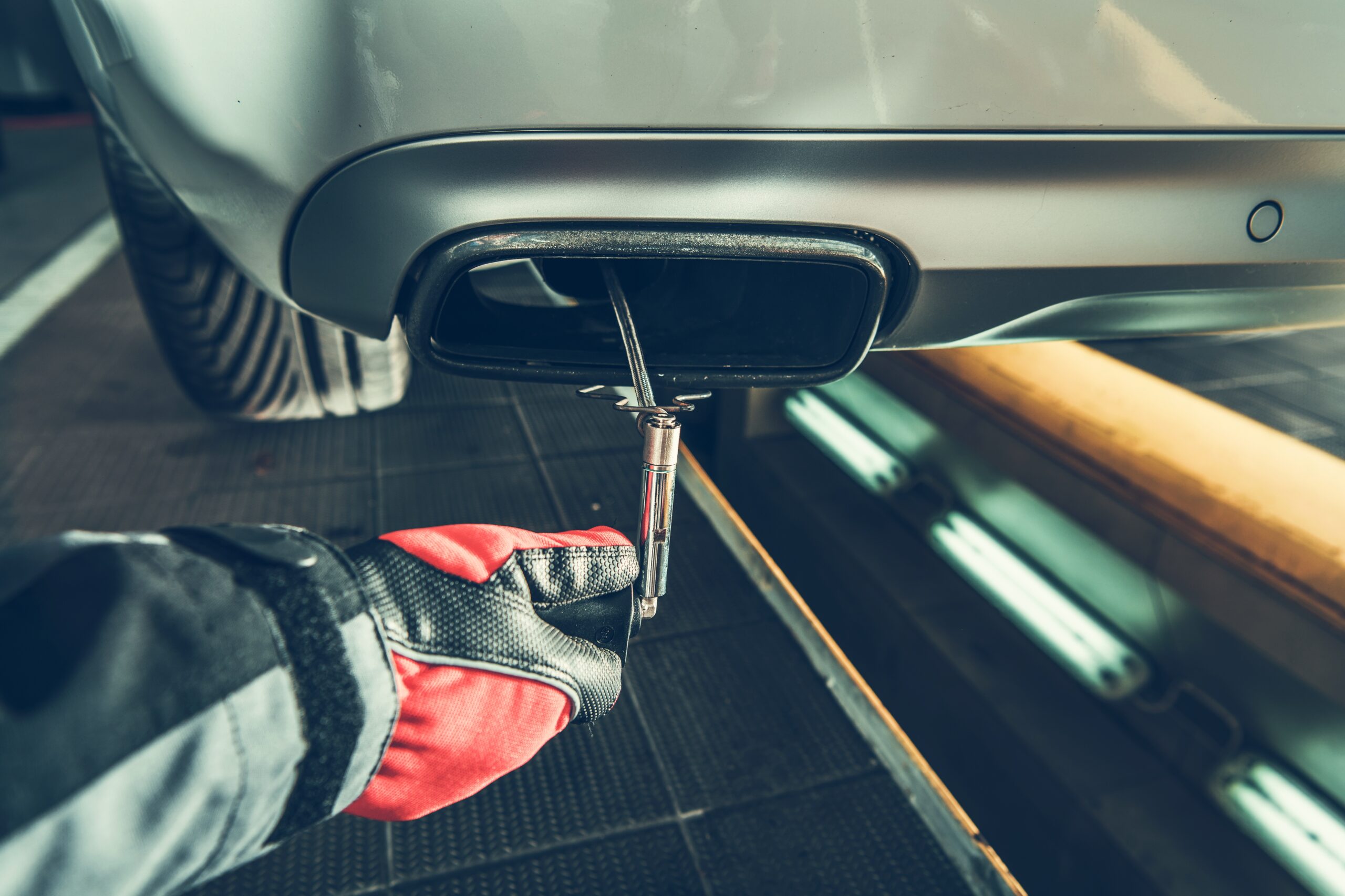Emission System
The exhaust system starts right behind the engine. Exhaust manifolds connected to the cylinder heads collect exhaust gases. These gases move through the exhaust system, are analyzed by oxygen sensors, are refined by the catalytic converter, and are muffled by the muffler
Operating properly, the emission system makes your car run smoother, cleaner, and quieter.
If any of these emissions components fail, emissions can increase. Beside the emissions system, other defective components, such as spark plugs, plug wires, and filters, can also increase emissions.
It is a complex system, but the auto repair specialists at Bowie Auto Clinic can diagnose and fix the problem.
Your car’s emission system controls emissions, exhaust, and pollutants (including gasoline vapors escaping from the fuel tank). The emission system substantially reduces harmful gases such as carbon monoxide (CO), unburned hydrocarbons (HC), and oxides of nitrogen (NOx). The system uses sensors, computerized engine controls, and the exhaust components and, by law, must be kept in operating condition
The first sign of a problem could be your CHECK ENGINE light.
When the CHECK ENGINE light or SERVICE ENGINE SOON light comes on, it is time to have your vehicle checked by a service professional at Bowie Auto Clinic.
And if the CHECK ENGINE light is on when you go have your vehicle emissions tested, it will fail.
Emissions Test
“Emissions” is a generic term used to describe certain harmful gases in the exhaust. Hydrocarbons (HC), Carbon Monoxide (CO), and Oxides of Nitrogen (NOX) are usually measured in an emissions test. The state and federal governments place certain limits on how much of these harmful gases can be emitted. Carbon Dioxide (CO2) is also measured, but is not considered a harmful gas.
When the measured gases from the vehicle exceed the state or federal limits, the vehicle fails the emissions test. Whether they use the Online Diagnostic plug-in or the tailpipe check, when you fail, they will be able to provide you with the fail codes.
To Pass a Plug-In OBDII Emissions Test
Have a functional Check Engine Light and diagnostic connector (no tampering allowed)
The Check Engine Light must be off
Successfully complete the OBDII system monitors that are built-in to the vehicle
Some Factors Affecting Emission Testing
Driving and atmospheric conditions
Vehicle Age
Type of spark plug electrode model
Poor vehicle maintenance
Poor quality fuel
Damaged or worn sensors
Dry-rotted or cracked vacuum hoses
Diagnosis
Diagnosis of high emissions can be an involved process that usually requires special tools and measuring equipment. Here are some of the possible problems:
- Worn distributor cap and/or rotor
- Improper ignition timing, usually over advanced
- Vacuum leaks
- Engine mechanical failure, low compression, worn valves, excessive oil consumption
- NOX Failure is the result of combustion temperatures that are too high. The most common causes are:
- Inoperative Exhaust Gas Recirculation System (EGR)
- Cooling system malfunction, engine running too hot (restricted radiator, defective thermostat, etc.)
- Over advanced ignition timing
- Excessively lean air fuel mixture (defective oxygen sensor, MAP sensor or Air Mass Sensor)
Let the service professionals at Bowie Auto Clinic take care of all your emissions problems. We have the service professionals and state-of-the-art equipment needed to get the job done right.
More Services
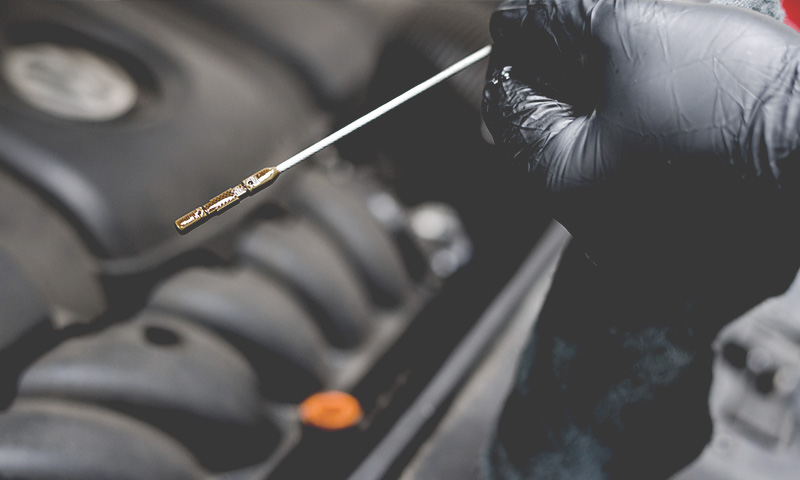
Oil Change & Lube Service
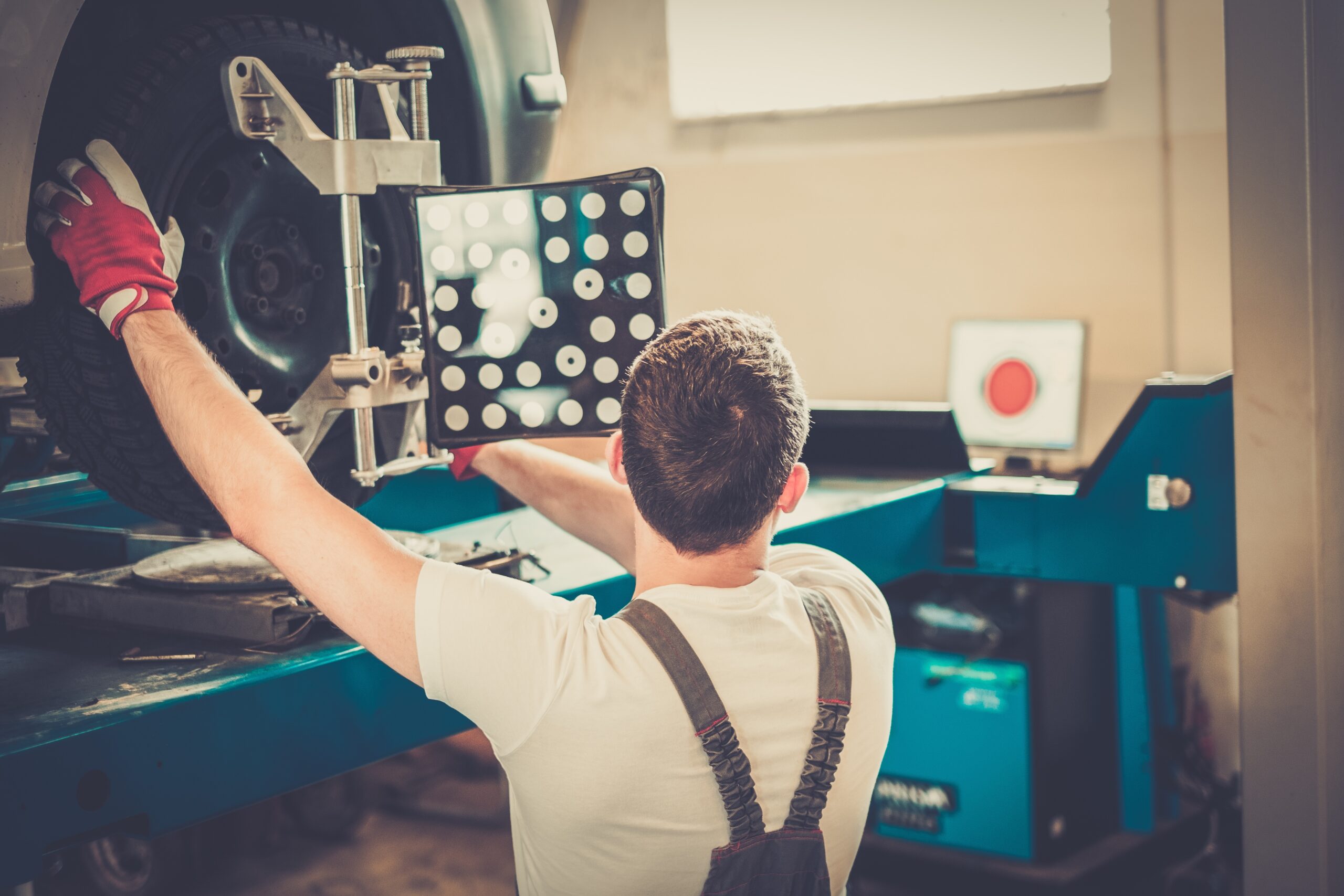
Wheel Alignment
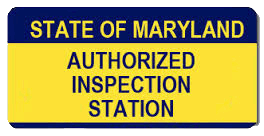
Maryland Safety Inspections
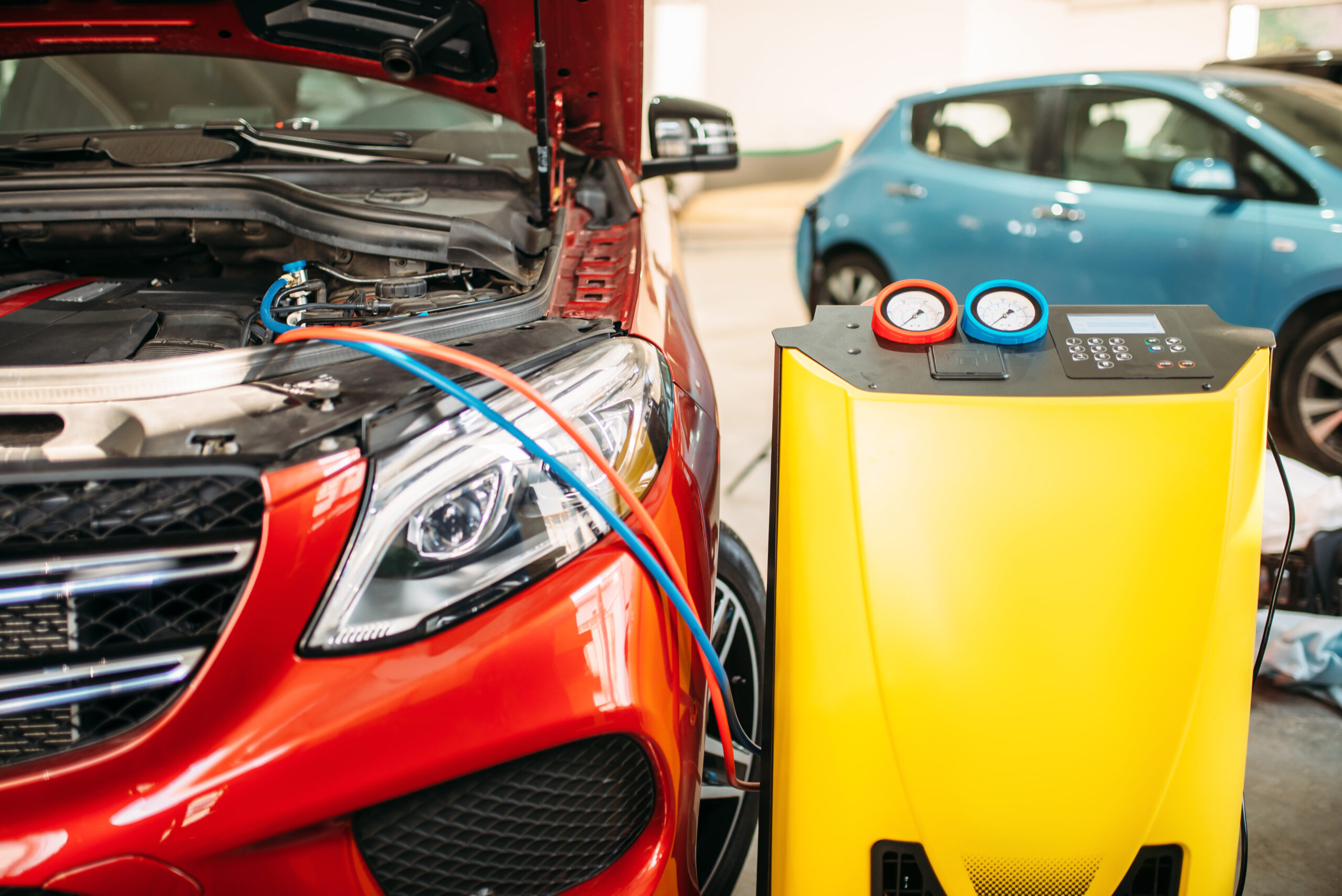
Heating and Cooling
Happy Customers
“Always professional. Always great work. Always a fair price. Always clearly explains what happened. Always my go to shop! Always a great experience!!”
Anthony L.
“We found the Auto Clinic online. Made a call. Set appointment. Went in had service completed the same day. Melvin eas professional. Thank you very much.”
Thomas R.
Call us today
or

